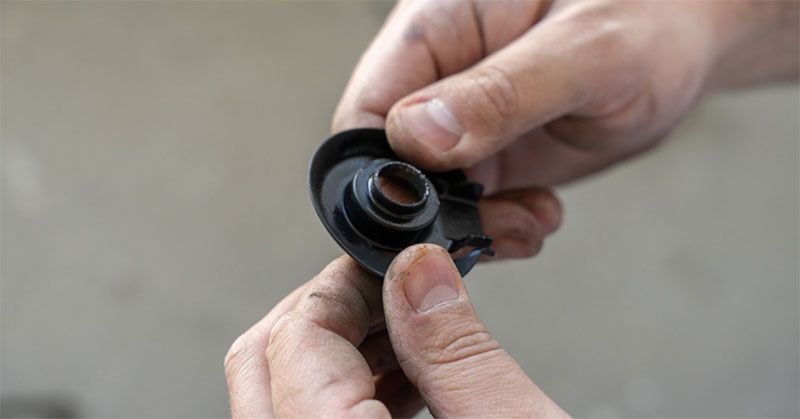I am quite familiar with the molave tree (Vitex parviflora Juss.), also called small-flower chaste tree, molawin, tugas, and many other vernacular names.
At least I am confident enough that I can identify the tree in any size, on field or on a pot, including stocked logs and posts, with respectable accuracy.
I’m likewise familiar with the two strains or types growing in the province of Sarangani and in General Santos City, Philippines, known locally as the tugas babae and the tugas lanhan.
However, whether the two are simply botanical variants of the same species or they are distinct species need further enlightenment from plant taxonomists.
In this paper and elsewhere in this site, the use of the term strain and type are merely for convenience and does not connote an expert determination of the issue.

